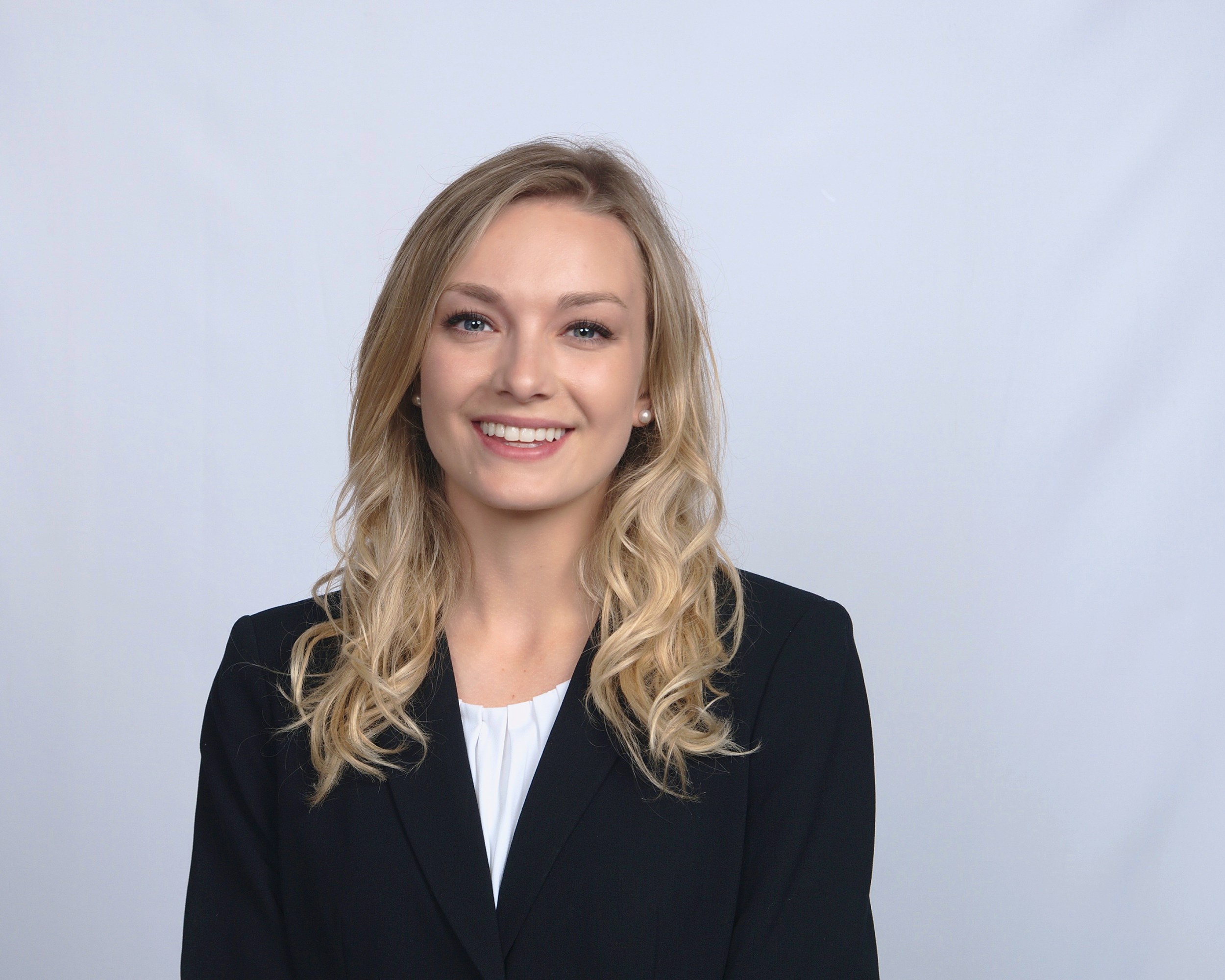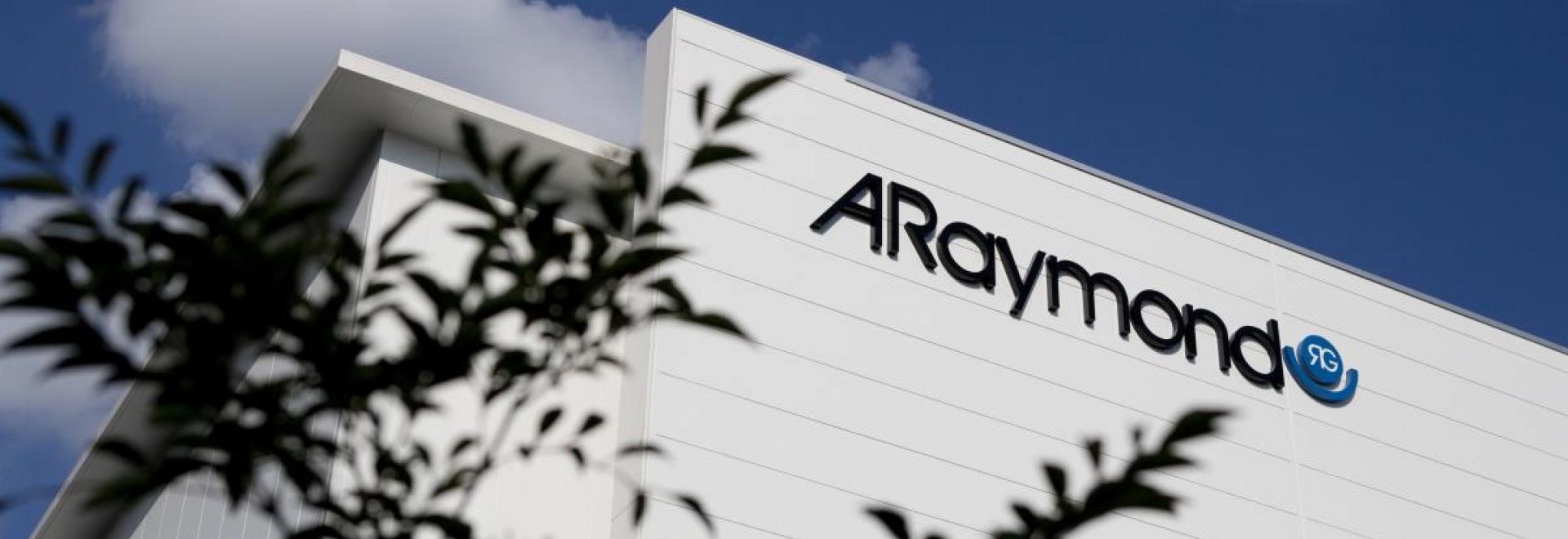
Today is International Women’s Day, an annual worldwide recognition celebrating the social, economic, and cultural achievements of women. Engineering and the other STEM (Science, Technology, Engineering and Math) fields are some areas where women continue to make a strong impact on society, and we are highlighting development engineer Isabella Barrett from international auto supplier ARaymond, which has its North American headquarters in Rochester Hills, Michigan.
In this Q&A, Isabella discusses her role as an ARaymond engineer, her thoughts on how to further increase the number of women participating in the STEM industries, and more.
Q: Hello, Isabella. What type of engineering role do you have at ARaymond?
A: I work as a development engineer at ARaymond’s North American headquarters and Innovation Hub in Rochester Hills. My role is on the research and development side. I work on project teams to bring new products, technologies and systems into operation for ARaymond’s automotive and other divisions. My work involves testing and validation, and improving efficiency. No two projects are the same. I’m always learning, which is what I love.
Q: What was your path to an engineering career at ARaymond?
A: The university I attended was Kettering University in Flint, where I had a dual major and earned both a Bachelor of Science in Mechanical Engineering and a Bachelor of Science in Industrial Engineering. The school is designed around co-op work, with three months of schoolwork followed by three months of work in the field. Even before college, I had been to a job fair and interviewed with ARaymond. I signed with them in 2015, and once I began college I started co-oping there every other three months until I graduated. After graduation, I signed on and began working as a full-time development engineer in 2020.
Q: Tell us about an average day in your profession? What type of projects are you working on?
A: Some of my work revolves around developing prototypes for new fasteners for use by our partners in automotive and other fields. And other times it is more conceptual. It involves research, creating prototypes, testing and retesting — often for extended timeframes — then sharing the final result with a project sponsor. I’m also involved in bringing in new technology into the development process, to help our teams at ARaymond do their jobs better as products are developed.
Q: What drew you to pursue a career in the engineering field?
A: I always did well in math and science, so that definitely role in my career direction. But what really sparked my interest in this field was my father. He raised my sister and me by himself, and he always had us tinkering. We would go to Home Depot and pick out our own tools, then create little projects at home. He was really a big influence. In a sense, I was raised to be an engineer. It was my path and I ran through it.
Q: Women make up nearly half the U.S. workforce, but only about 27 percent of STEM workers. What does ARaymond do to encourage women to join their team and grow in the company?
A: The best thing that ARaymond does for women in this field is that everyone gets treated the same, regardless of gender. I’ve never felt that difference, and that was huge for me. At university, sometimes people made it awkward or weird, but I’ve never felt that in my professional life.
ARaymond has provided me with mentorship from the time I started working here. I talk with my mentor weekly and that has guided me through my time here. They always did a great job of progressing my work so I was growing in my field.
And ARaymond’s continued close partnership with colleges and universities is setting other young women on a path toward this type of career, just as it did for me.
Q: Why is it important to continue growing the number of women in the engineering and STEM fields? And how can we encourage that option when young women are choosing their careers?
A: Personally, my experience throughout school has been that the younger the age that people of all genders are exposed to math, science, technology, robotics, etc., the better. There are times in school where teachers may try to enforce gender roles, but they need to get rid of that. It can reduce the amount of confidence women have in their abilities. Let all kids play with the Legos, and make everything more equal in general, avoiding gender stereotypes from a young age.
Q: What barriers do you and other women currently face in the engineering world?
A: I think it’s getting better, but it’s challenging. There is often a lack of women in leadership roles, so role models are not as common for young women. The more women who become involved in the STEM fields and become leaders and role models, the more the next generation will get involved after them. It can be a domino effect. Representation has a natural effect on growing participation.
Q: What has been your experience as a woman in engineering? Do you see yourself providing a unique perspective at times?
A: I believe that each person and their background bring a different perspective to the team. It’s not necessarily about gender, but bringing all the diversity together — including people from different communities, schools, ages, genders, etc. — is very important.
